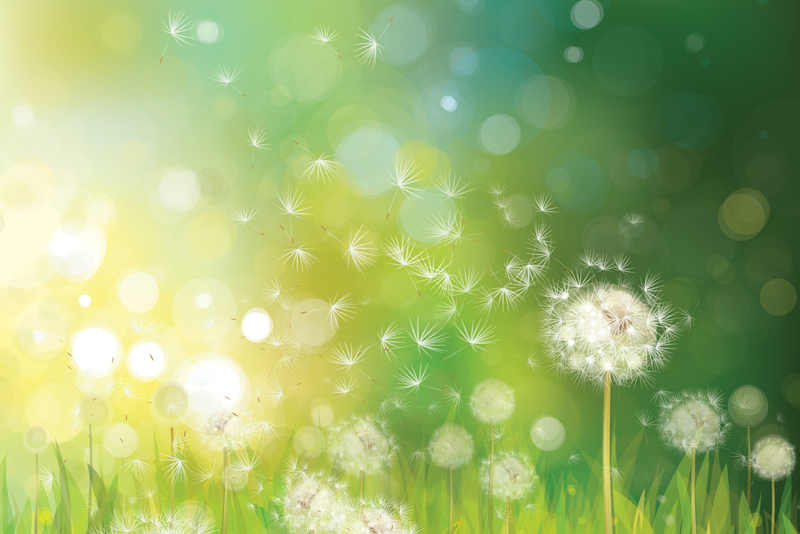Allergy to cold

Visiting Hawaii to escape the long cold winter should have been a dream vacation for a friend of mine. Instead, a dip into the ocean turned into an itchy nightmare. My friend had developed cold urticaria (ur-tih-KAR-e-uh), a skin reaction to cold. Skin that has been in contact with cold develops reddish, itchy welts (hives).
My friend might have gone into a panic but her mother, also on the trip, recognized the symptoms and calmed her. She had seen the same reaction to cold in her own mother, who lived with the condition until her death.
Fortuntely, for my friend, her cold urticaria symptoms were not severe. Once she got out of the water and warmed up, the hives disappeared. Since returning home, she has been learning how to deal with the condition.
The severity of cold urticaria symptoms varies. Some people have minor reactions to cold, while others have severe reactions. Swimming in cold water is the most common cause of a reaction. My friend was lucky in that her reaction was fairly mild as cold water exposure can lead to very low blood pressure, fainting, shock and even death.
Cold urticaria occurs most frequently in young adults but my friend is middle-aged. Typically, it clears up within a few years but my friend’s grandmother had it for decades.
After consulting her doctor, my friend found out that taking antihistamines and avoiding cold air and water were the best treatments. Antihistamines didn’t work for her and she doesn’t want to give up winter skiing or water skiing, which she loves. She is learning that dealing with the condition makes her hobbies more difficult but not impossible.
Cold urticaria signs and symptoms include:
•Temporary reddish, itchy welts (hives) on the area of skin that was exposed to cold
•A worsening of the reaction as the skin warms
•Swelling of hands when holding cold objects
•Swelling of lips and throat when consuming cold food or drink
Severe reactions may include:
•A whole-body response (anaphylaxis), which can cause fainting, a racing heart, swelling of limbs or torso, and shock
•Swelling of the tongue and throat, which can make it difficult to breathe
Cold urticaria symptoms begin soon after the skin is exposed to a sudden drop in air temperature or to cold water. The majority of cold urticaria reactions occur when skin is exposed to temperatures lower than 39 F (4 C). But people, like my friend, can have reactions to warmer temperatures. Her threshold is 55 F. Damp and windy conditions may make cold urticaria more likely.
My friend might have gone into a panic but her mother, also on the trip, recognized the symptoms and calmed her. She had seen the same reaction to cold in her own mother, who lived with the condition until her death.
Fortuntely, for my friend, her cold urticaria symptoms were not severe. Once she got out of the water and warmed up, the hives disappeared. Since returning home, she has been learning how to deal with the condition.
The severity of cold urticaria symptoms varies. Some people have minor reactions to cold, while others have severe reactions. Swimming in cold water is the most common cause of a reaction. My friend was lucky in that her reaction was fairly mild as cold water exposure can lead to very low blood pressure, fainting, shock and even death.
Cold urticaria occurs most frequently in young adults but my friend is middle-aged. Typically, it clears up within a few years but my friend’s grandmother had it for decades.
After consulting her doctor, my friend found out that taking antihistamines and avoiding cold air and water were the best treatments. Antihistamines didn’t work for her and she doesn’t want to give up winter skiing or water skiing, which she loves. She is learning that dealing with the condition makes her hobbies more difficult but not impossible.
Cold urticaria signs and symptoms include:
•Temporary reddish, itchy welts (hives) on the area of skin that was exposed to cold
•A worsening of the reaction as the skin warms
•Swelling of hands when holding cold objects
•Swelling of lips and throat when consuming cold food or drink
Severe reactions may include:
•A whole-body response (anaphylaxis), which can cause fainting, a racing heart, swelling of limbs or torso, and shock
•Swelling of the tongue and throat, which can make it difficult to breathe
Cold urticaria symptoms begin soon after the skin is exposed to a sudden drop in air temperature or to cold water. The majority of cold urticaria reactions occur when skin is exposed to temperatures lower than 39 F (4 C). But people, like my friend, can have reactions to warmer temperatures. Her threshold is 55 F. Damp and windy conditions may make cold urticaria more likely.

Related Articles
Editor's Picks Articles
Top Ten Articles
Previous Features
Site Map
Content copyright © 2023 by Sheree Welshimer. All rights reserved.
This content was written by Sheree Welshimer. If you wish to use this content in any manner, you need written permission. Contact Sheree Welshimer for details.



